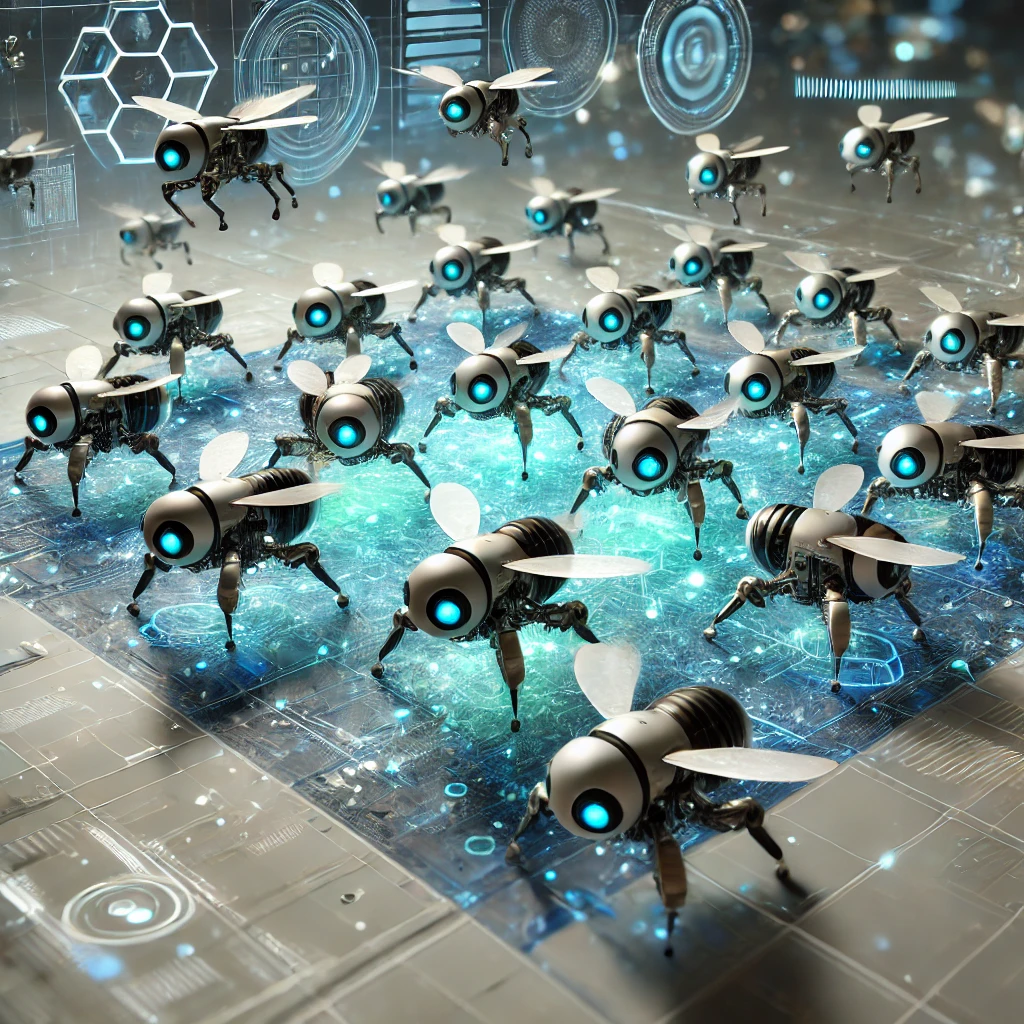What is Group Robot Technology?
Article Source: Wiley - Swarm Robotics

Why you should care
Swarm robotics is like watching a team of robots work together to solve complex tasks. Inspired by nature, such as how ants and bees work in groups, swarm robotics is important because it can help solve big problems like disaster recovery, space exploration, and even medical procedures. This technology shows how robots, when working as a team, can achieve more than they ever could alone.
Answering the question… What is Group Robot Technology?
Swarm robotics involves many simple robots working together to complete tasks by following basic rules and communicating with each other. The article explains that these robots don’t need a central controller, but instead, they work like a colony of ants—each robot performs its own small role, but together they achieve complex goals. Swarm robotics is scalable, meaning you can add more robots to handle bigger problems without losing efficiency.
How was the study done?
Researchers conducted experiments by programming multiple small robots to simulate swarm behaviors. They used scenarios like search-and-rescue missions and environment exploration, testing how well the robots cooperated in different situations. The study also looked at communication strategies between the robots and how individual robot behaviors affected the overall performance of the swarm.
What was discovered?
- Swarm robots are highly adaptable and can handle complex tasks like cleaning up hazardous materials or finding survivors in disaster zones by spreading out and sharing information.
- The study found that increasing the number of robots in a swarm can improve task efficiency by up to 70%, especially in large or unknown environments.
- Unlike single large robots, swarm robots are more robust; even if a few robots fail, the rest of the swarm continues to function without major disruptions.
- Swarm robotics can reduce costs, as multiple small, simple robots are cheaper to produce and maintain than one large, complex robot.
- The robots were able to navigate unknown terrains with 90% accuracy when working in teams, compared to lower success rates in individual robots.
- Researchers discovered that swarm robots could communicate efficiently, with up to 80% of the swarm responding to new information or obstacles in real time, making them highly responsive to changing environments.
Why does it matter?
Swarm robotics has the potential to revolutionize industries by making tasks safer, faster, and more efficient. From disaster recovery to environmental monitoring, these robots can tackle large-scale problems that are too dangerous or complex for humans or single robots. As this technology advances, we can expect to see it in space missions, agriculture, and even healthcare, where teamwork between small robots can lead to big breakthroughs.
